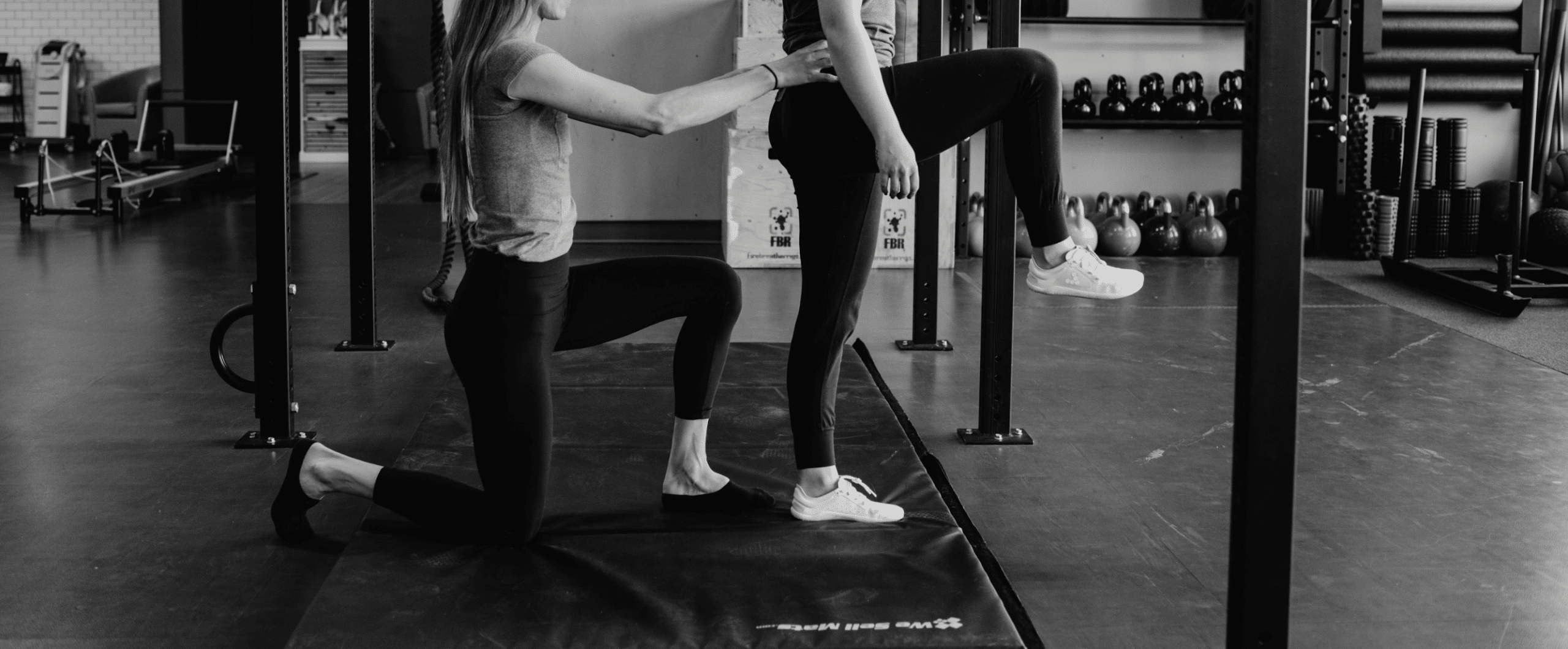
Are you suffering from an achy lower back and x-ray’s or MRI’s have not shown any significant injuries, or have you been informed about “degenerative changes” in your spine?
Working as a physiotherapist, I deal with this sort of diagnosis daily, providing strategies and exercises that can help to reduce your pain; however, infectious or cancerous causes should be excluded by your physician. When we are dealing with non-specific back pain, though, physical repetitive work, sports or prolonged sitting ( > 1hr) can still lead to symptoms.
Contact your doctor in case you experience worsening symptoms of incontinence, loss of strength in your limbs to the extent that you might drop items if you experience intense pain no matter how much resting or activity you did, or you are losing weight unexpectedly. (Vincent E. 2023)
Our assessment will start with remembering when it all started – did it come on suddenly or gradually? What makes it better or worse?. Suffering from back pain for less than 3 months would classify it as (sub-)acute, while anything over 6 months belongs to the chronic category. The length of time you have been experiencing symptoms, the intensity, as well as your commitment to your rehab program, will all affect how fast you will see improvement.
The BLACK BOX
Test yourself at home and see when your spine is least supported or has the most trouble controlling a movement (motor control). This step is often overlooked, hence one just starts random planking or back extension exercises at the gym. Without motor control, you will not be able to make use of the strong muscles because you still have not developed a “feel” for the correct spine posture. Your lower back is just like a black box for your brain. There are not many cells devoted to this body part, whereas the finger or tongue has an abundance of nerve cells giving feedback to the brain or acting on its commands. The longer your back symptoms prolong, the worse your movement control will become. Consequently, it throws you into a vicious cycle, not being able to support your already aching back with your stabilizer muscles (Luomajoki, H., 2008).
Watch this YouTube clip or click on this link to run through a 5 min test, have someone film you or bring your recording into our clinic:
Positive tests suggest that the movement was not completed correctly and indicate that your lower back would benefit from movement control exercises along with strengthening your muscles correctly.
Here are a couple of general suggestions for getting started at home:
– Laying on your back with knees bent and breathing into the side of the stomach. This activates your core naturally.
– Pelvic tilts 3x 30 every 20 minutes: within a pain-free range and expanding it as you feel more comfortable. Start by lying on the back or the side, then try while sitting and later in standing
– Quadruped: on hands and knees, try to keep the thoracic spine curved up to the ceiling, while the lumbar spine slightly curves down to the floor. Keep this position and rock backwards and forwards maintaining the same spine position.
At Deep Physio, we’ll help you regain control of your back pain and of the muscles by determining which muscles need releasing and which ones need to develop control and strength.
Joanne
Physiotherapist, Bsc.
Vincent E. Casiano; Gurpreet Sarwan; Alexander M. Dydyk; Matthew Varacallo. Back Pain.https://www.ncbi.nlm.nih.gov/books/NBK538173/ (2023)Casiano VE, Sarwan G, Dydyk AM, et al. Back Pain. [Updated 2023 Feb 20]. In: StatPearls [Internet]. Treasure Island (FL): StatPearls Publishing; 2023 Jan-. Available from: https://www.ncbi.nlm.nih.gov/books/NBK538173/
Luomajoki, H., Kool, J., de Bruin, E.D. et al. Movement control tests of the low back; evaluation of the difference between patients with low back pain and healthy controls. BMC Musculoskelet Disord 9, 170 (2008). https://doi.org/10.1186/1471-2474-9-170

